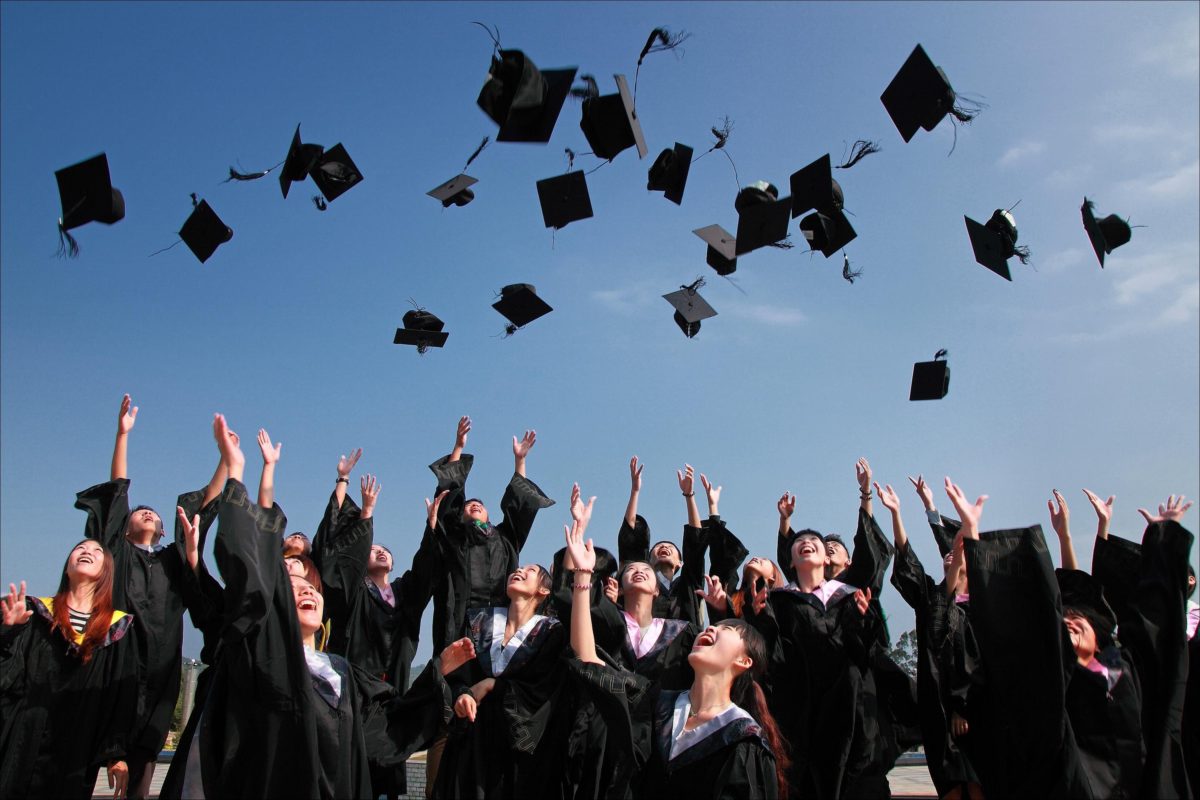Education is one of the most important factors to a country’s development. This human capital not only lead to individual’s well-being but also a better quality of labour, an improvement of technology and of course, the country’s growth. However, for Thailand to achieve higher education, both in quantity and quality, there are still many gaps to be filled.
The first problem involves the perspectives around education. As Thailand’s education is mainly focused on conventional schooling, everyone is expected to follow the traditional route with their goals to graduate with a college degree. This is partially from the misperception that all college graduates will get a minimum salary of 15,000 baht, while in fact it is not as such in real practice. Families then forced their children to enrolled in universities, despite their real interests or capabilities, instead of attending vocational schools where more possibilities could arise. As a result, the system generates many weak college graduates, who can hardly find jobs, while there is not enough skilled labour in vocational market. Producing workers in the field that do not suit with the market creates a job gap and a job mismatch which are such unfortunate waste.
This problem also lead to the issue of inequality. According to Phongpaichit and Baker (2015), the rapid expansion in the number of tertiary education led to greater variation of its quality. This goes accordingly with Matthews (2016), that participation in non-elite school no longer generates guaranteed professional jobs. In Thailand, most of the best universities are public. This sounds nice when looking at how the best education is provided by the government. However, with private schools could barely compete, it results in only the rich and well-equipped students are the ones who would get the seats. Eventually, all the budget allocated to these public schools would mostly only support the richer students, a behaviour that would enlarge the inequality gap in education and future income.
Another problem could arise as early as during primary education, and it is about the quality. In the US, to become a K-12 teacher, one must hold at least a bachelor degree with an addition of a teaching license. Differently, most teachers in Thailand would graduate with a bachelor directly from a teacher’s college. While I am not saying that these teachers are not qualified, as many had successfully produced smart and quality children, many teachers from this route might not be a specialist in the field. Despite the degree requires choosing a specialisation such as mathematics, sciences or languages, their curriculum intensity could not compare to a general graduate of that major from colleges like Arts and Social Sciences. Combining with a very low salary for public school teachers, which has already distracted top students away from becoming a teacher, this system could affect the quality of lessons taught in primary and secondary schools.
Last of all, education in Thailand is not completely free. Despite making schools compulsory is beneficial for the children, it could be a nightmare for some families. Whereas Thailand’s education price being lower compared to other countries, the cost for individuals in relative to their income is still high. There are also many other costs involved such as transportation, clothing and materials, and even food. Some students do not want to go to school because they are unable to pay for a 20 baht school lunch (Chiangrai Times, 2017).
Most importantly, it is the opportunity cost that depicts the decision to attend schools. For some families, schools are only regarded as a child care while the parents need to go to work. Attendance would drop when the children reach a certain age where they could join their parents in the workforce. This opportunity cost at hand prevents each family to realise each child’s optimal year of schooling, not making the most efficient decision for the future. However, it is not their false to be blamed. With only the conventional line of school is supported, and the lessons are mainly focused on how to increase national tests scores and memorise details, the poor may not perceive going to school as beneficial as immediately entering the labour force. Banerjee and Duflo (2012) gave examples of how the poor perceive education only as worthiness as to work for the government or as the clergyman, not the knowledge and skills that could be gained. Combining with a non-promising future income, it doubts why some people would take the risk.
Reference:
Banerjee, A., Duflo, E. (2012). Poor economics. Public Affairs.
Chiangrai Times. (2017, Mar 1). The Thai Education System is Failing it’s Students. Retrieved from http://www.chiangraitimes.com/the-thai-education-system-is-failing-its-students.html
Matthews, D. (2016, June 16). Expansion in global higher education ‘has increased inequality’. Retrieved from https://www.timeshighereducation.com/news/expansion-in-global-higher-education-has-increased-inequality
Phongpaichit, P., Baker, C. (2015). Unequal Thailand: Aspects of Income, Wealth and Power. NUS Press.











































